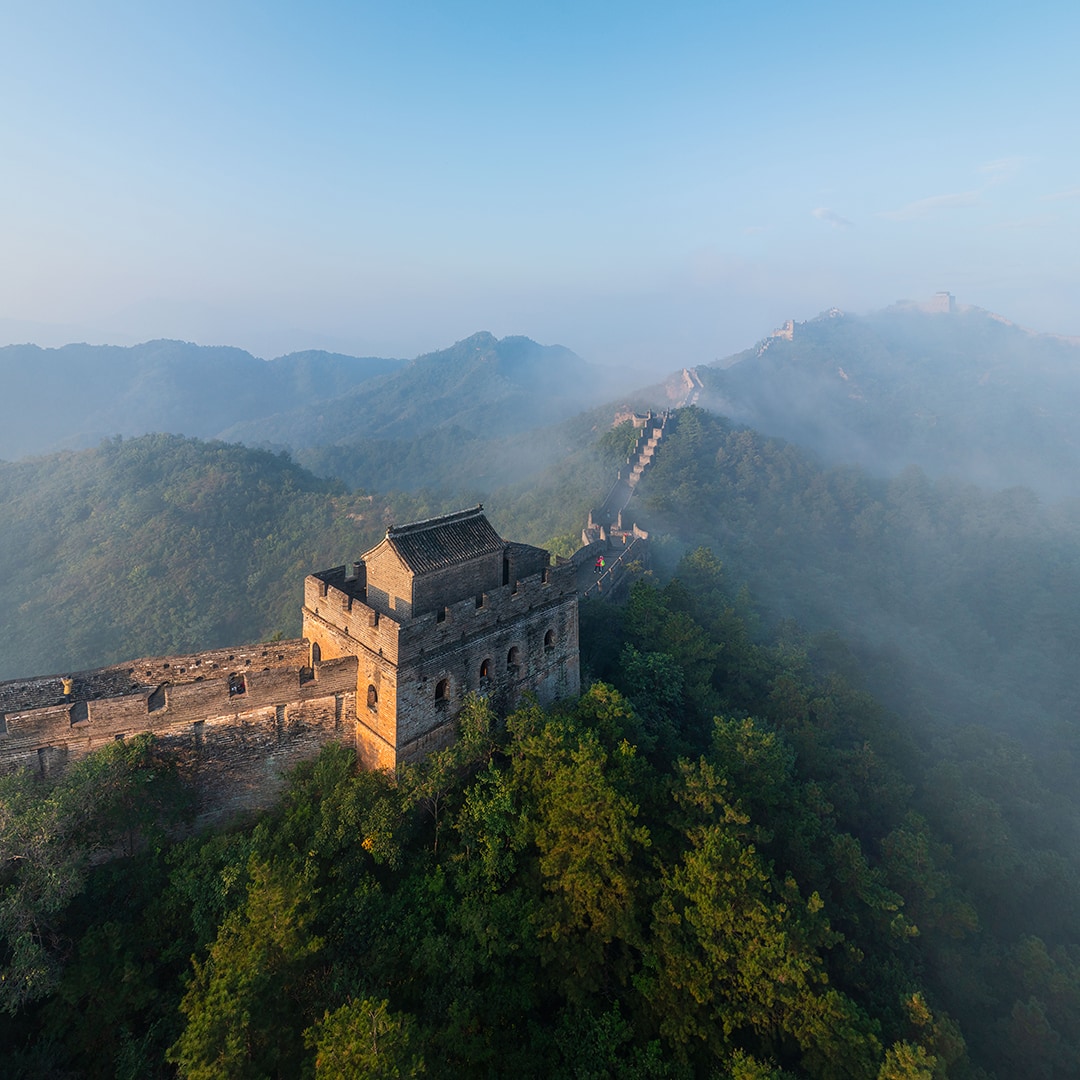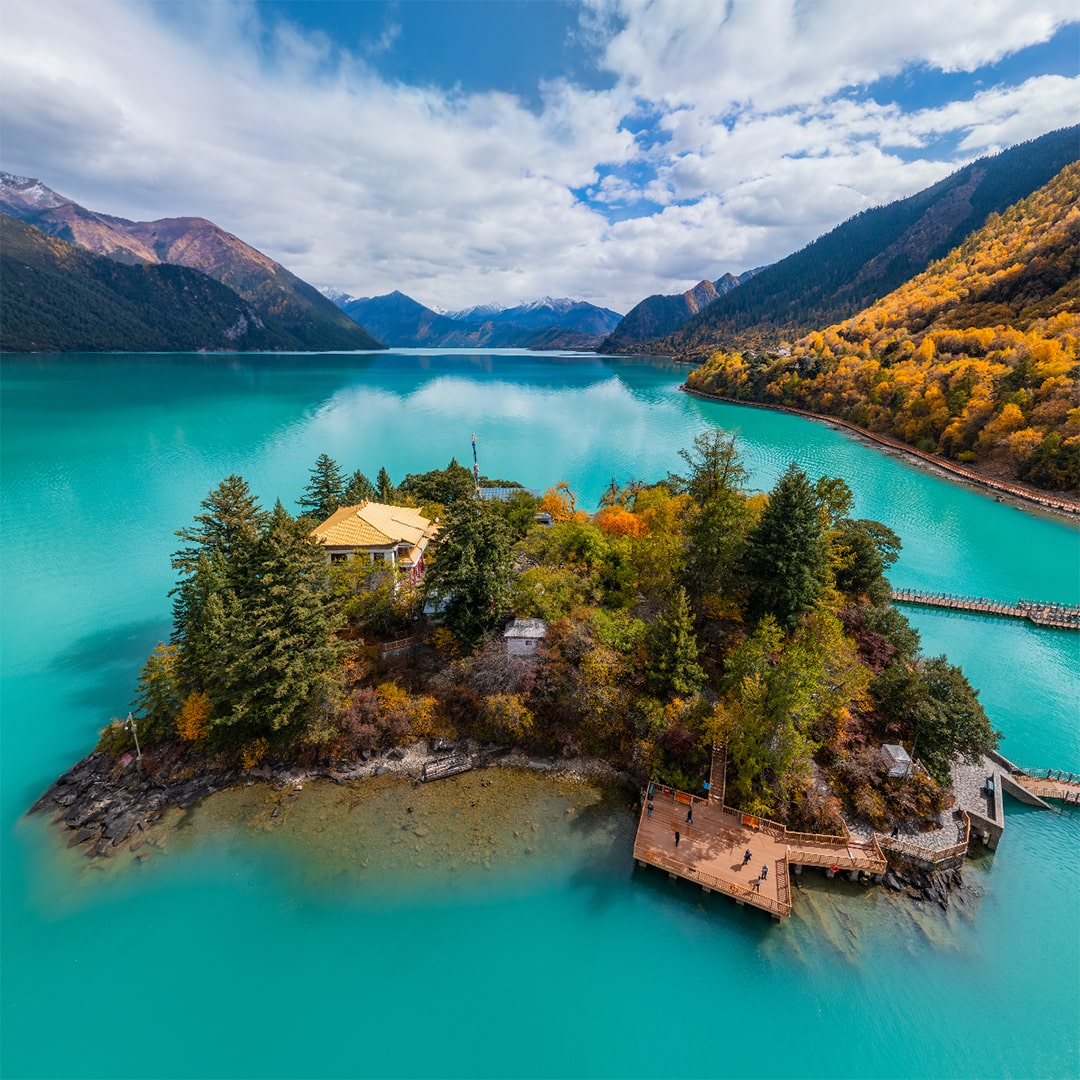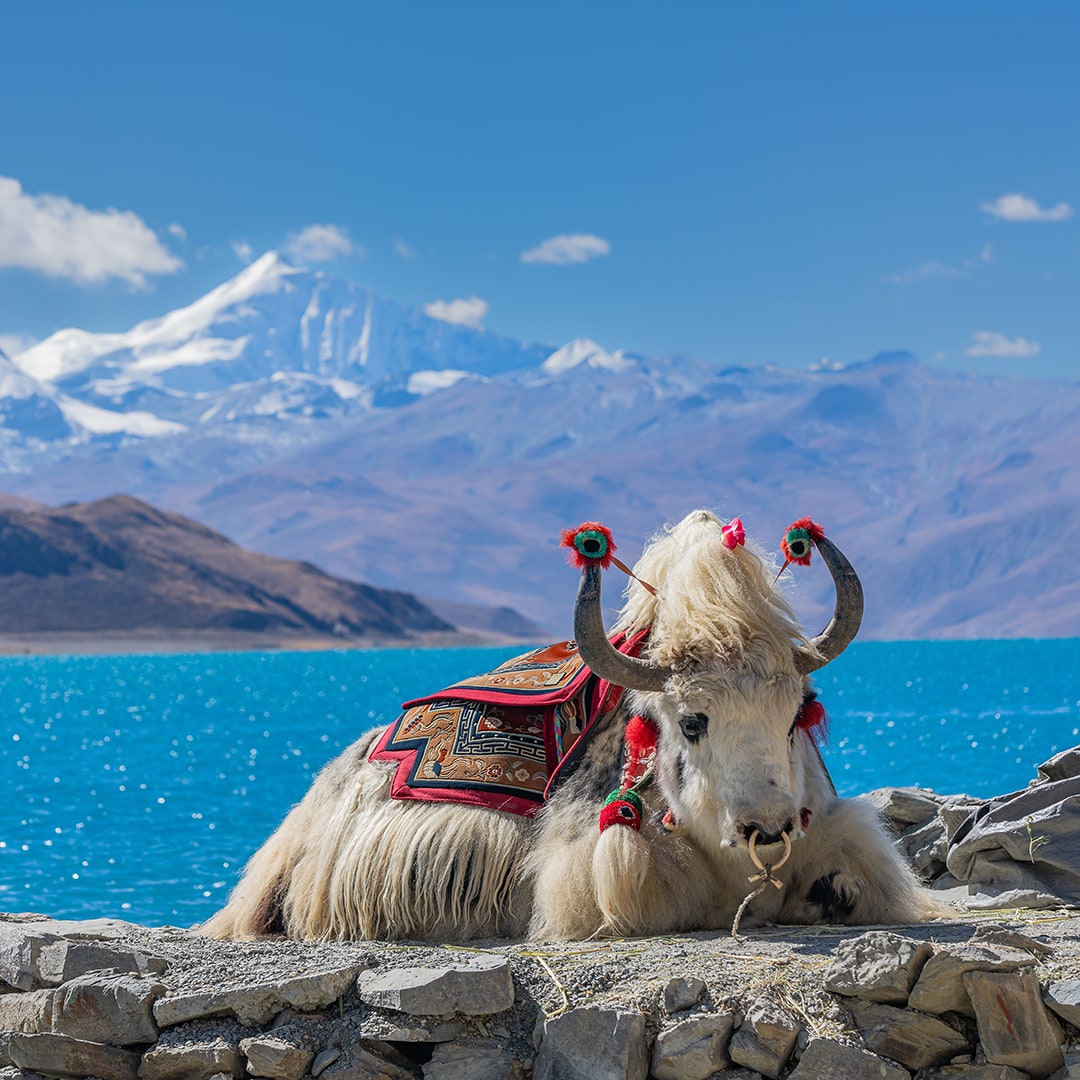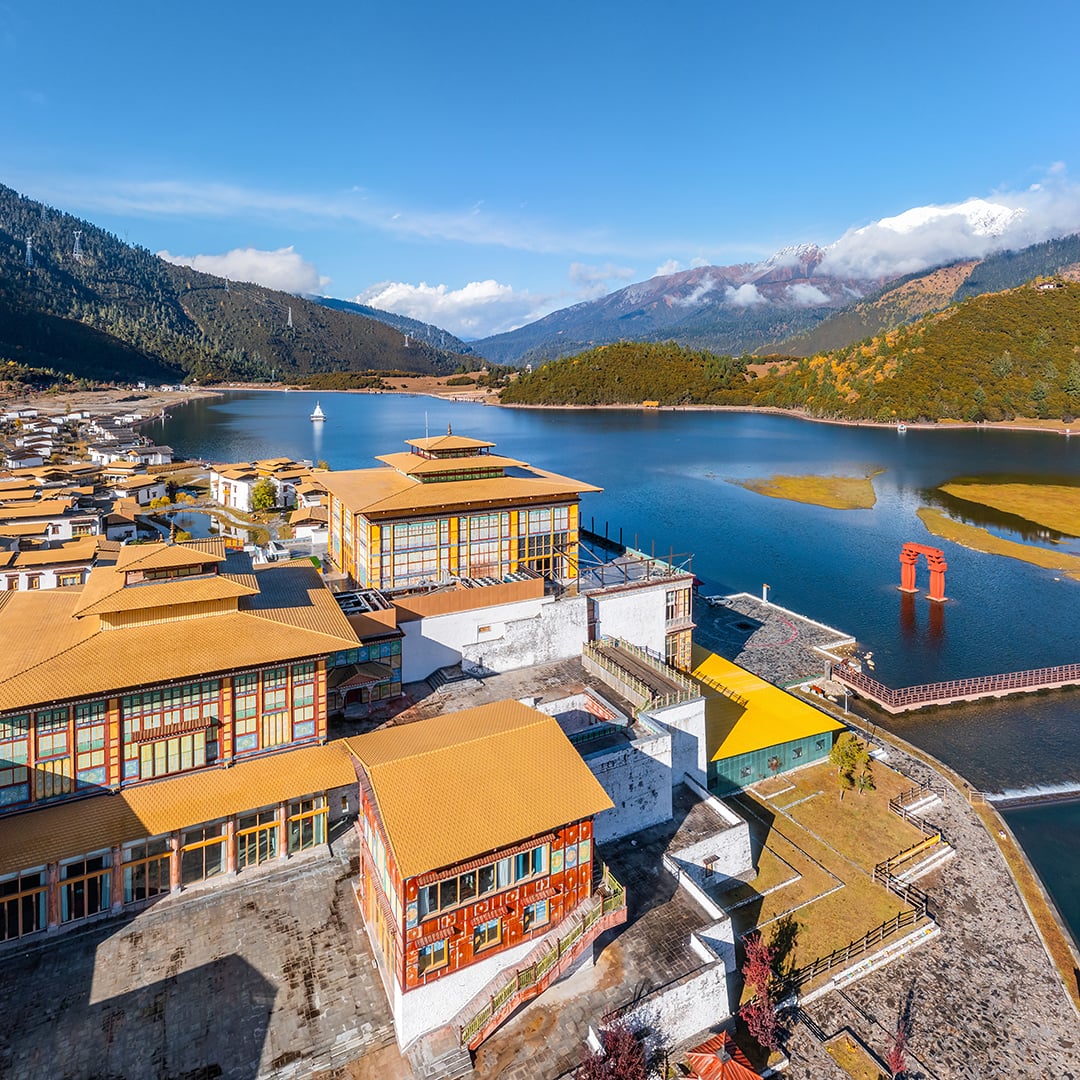Great Wall of China
The Great Wall of China is one of the largest structures in human history. It is a symbol of power of the Chinese civilization and is mentioned in the modern national anthem of China - so important and valuable it is.
In Chinese culture the Wall is associated with a dragon: curving, it passes through a diverse landscape through mountains, deserts and plains, resembling the curvy body of a fairy-tale creature. It organically fits into the landscape, emphasizing the beauty of the Chinese land.

The construction of the Wall began in the 7th century BC and continued for several hundreds of years. It consists of many branches: together with them, the total length is 21,196 kilometers. Scientists have counted more than 10,000 separate sections, almost 2,000 ramparts, about 30,000 buildings and another 2,000 fortifications and passages.
The main part of the wall that has survived to this day was built during the Ming Dynasty (from the 14th to the 17th centuries), when China was especially active in defending itself from the northern nomads. Its length is 8,850 kilometers.

The entrance to the Great Wall of China is organized in several sections: they are well equipped for tourists to visit and are located near Beijing.
There are small settlements nearby. Let's walk along one of them - Simatai. Here you can admire the streets filled with national decorations - for example, the famous Chinese umbrellas. They were made of silk or paper on a bamboo frame and were used not only to protect from the sun and rain, but also as a sign of a high social status.
The Chinese carp ornament is a symbol with a deep cultural and spiritual significance. In such towns you can also watch traditional basket and pottery weaving, learn about local costumes and get acquainted with national dances.

Every year up to 10 million tourists visit the Great Wall of China, so most sites, especially on weekends, will be jam-packed. The most popular sections are the well-reconstructed Badaling and the picturesque Mutianyu with its 22 watchtowers.
You can also see the authentic appearance of the wall in the Jinshanling and Simatai sections - by the way, this is where most of our video was filmed.
In some areas you can see traces of the original masonry, which was done by hand without using cement. Mainly rice glue was used in the construction - a mixture of rice porridge and lime, which made the bricks especially strong.
However, many parts of the wall, especially in remote areas, are badly damaged and abandoned. Wind, erosion, earthquakes and human activity have taken their toll, and about 30% of the wall is in disrepair.
Some sections in the northern provinces simply blend into the landscape and locals sometimes don't even realize that the Great Wall is nearby. In such places you can calmly enjoy the view without a lot of tourists.

In the evening, when the sun sets, it gets cool. You can walk a little more and then go down to the city. At this time various performances begin, hundreds of lanterns are lit and visitors are welcomed by shops and cafes.
It is definitely worth walking at dusk and feeling this special atmosphere. Traditional crafts and art: music, dancing - perfectly complement the impressions of the acquaintance with the Great Wall of China.
This is not just an architectural structure: it is a living chronicle of Chinese history, culture and perseverance. It reminds us of what humans are capable of in order to protect and unite their country. It is definitely worth a visit!
Photo and video by Sergey Semenov
25 July 2025
Read more
Virtual Travels in 360°
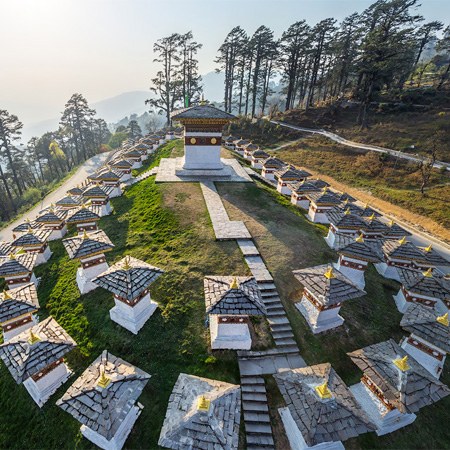 Bhutan. Part III
Bhutan. Part III
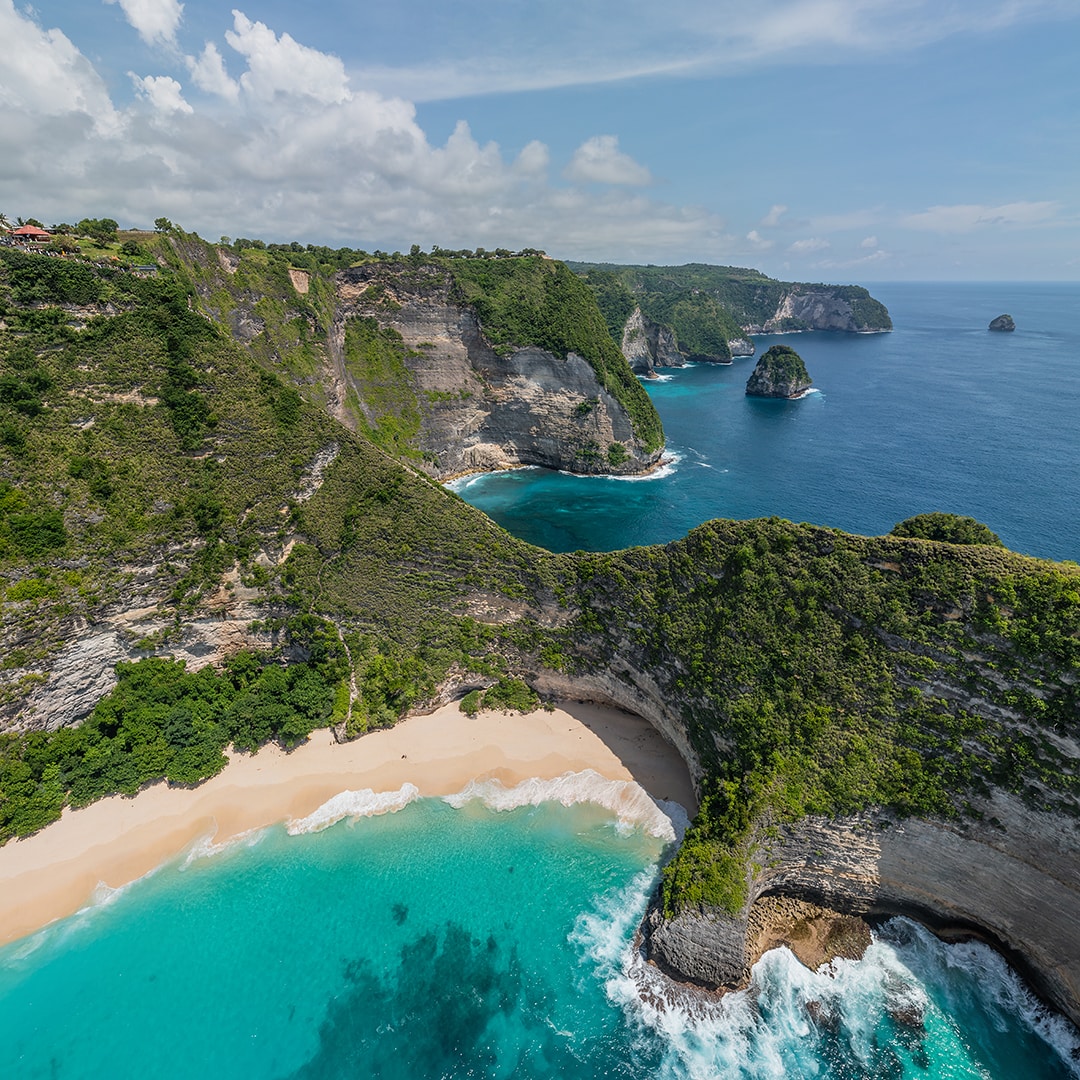 Nusa Penida
Nusa Penida
 Mykonos Island, Greece
Mykonos Island, Greece
 New York, Manhattan, Night
New York, Manhattan, Night
 Aldabra and the Outer Seychelles islands
Aldabra and the Outer Seychelles islands
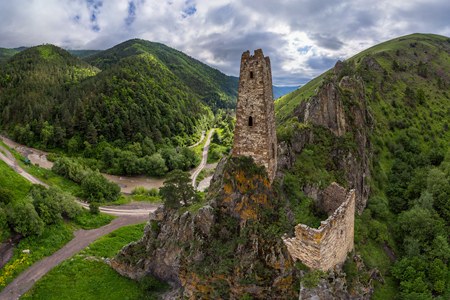 Watch Towers of Ingushetia, Russia
Watch Towers of Ingushetia, Russia
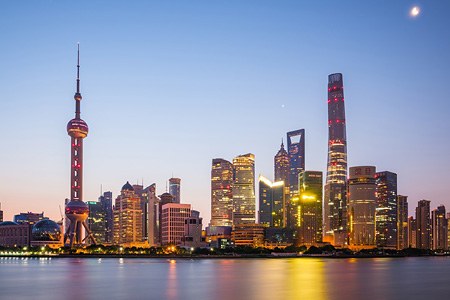 Night Shanghai, China
Night Shanghai, China
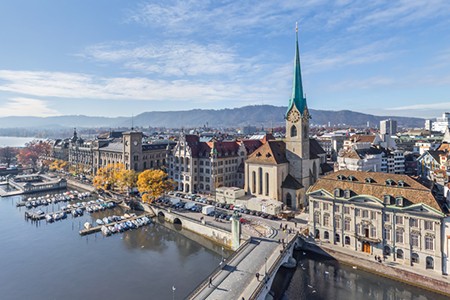 Zurich, Switzerland
Zurich, Switzerland
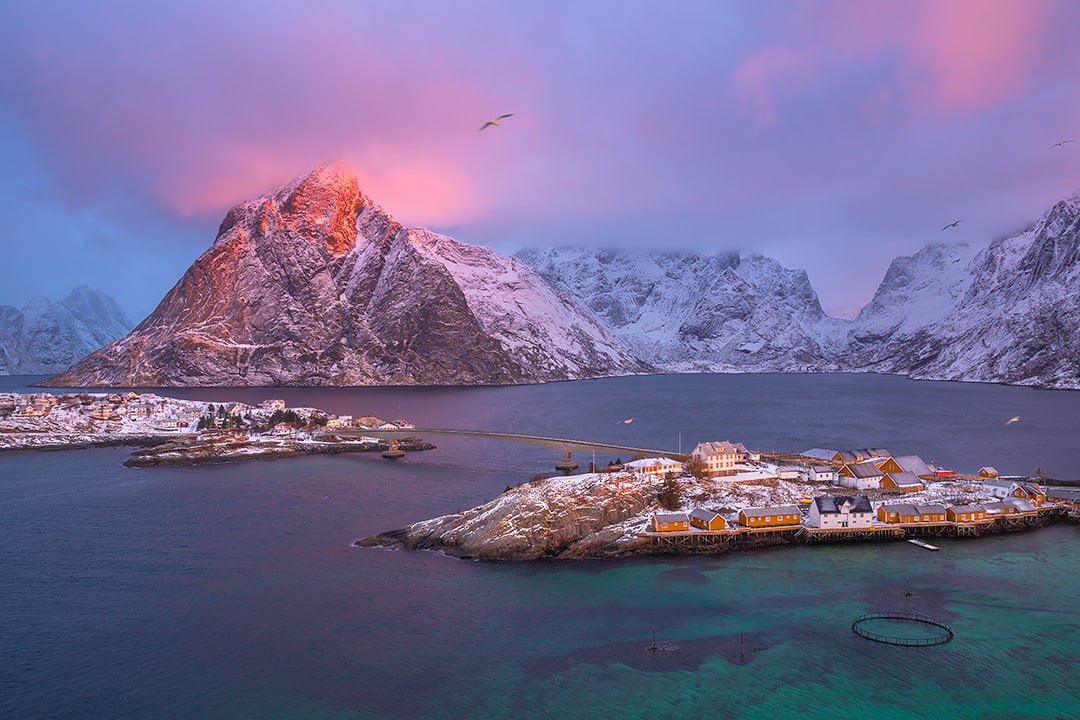 Lofoten Islands, Norway
Lofoten Islands, Norway
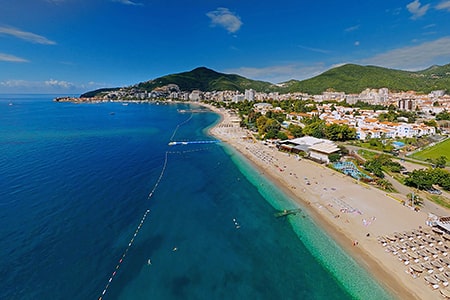 Beaches of Montenegro
Beaches of Montenegro
 Freeride at Snow Valley mountain lodge. Kamchatka
Freeride at Snow Valley mountain lodge. Kamchatka
Show more




